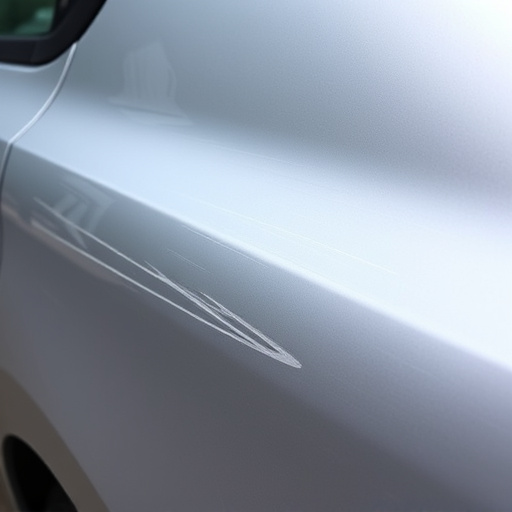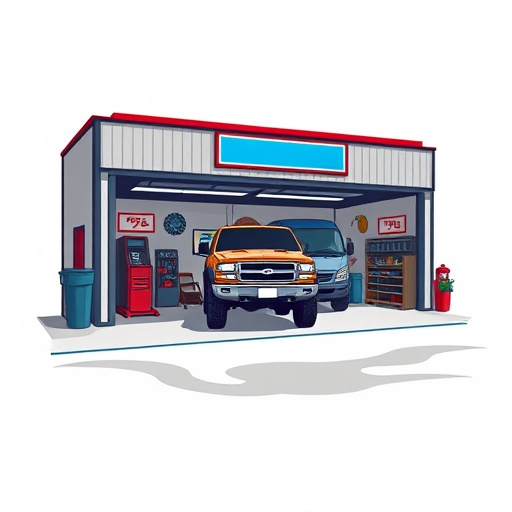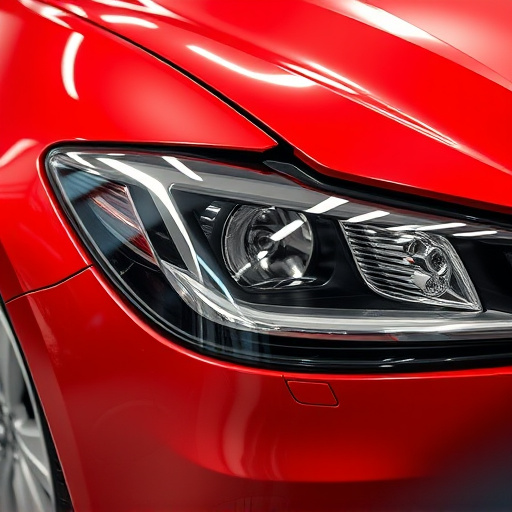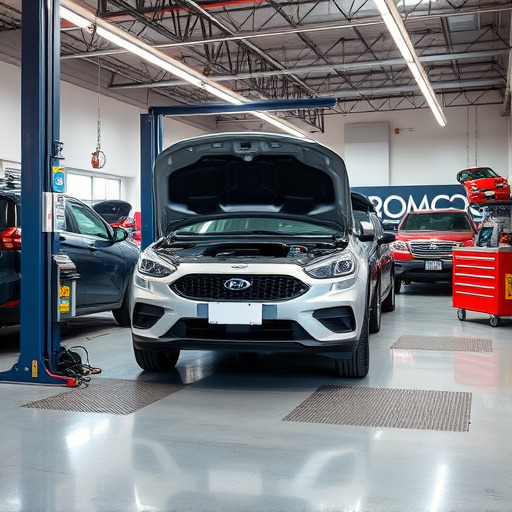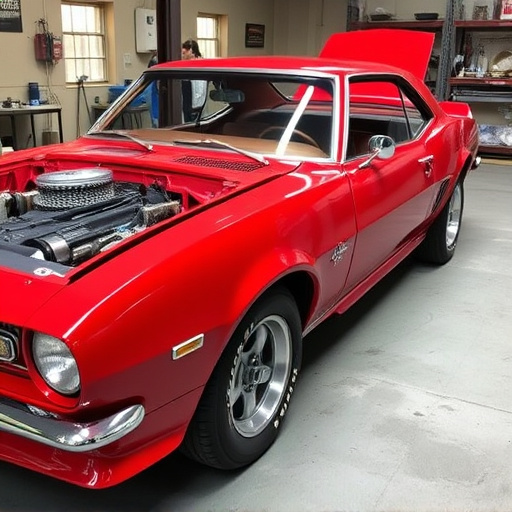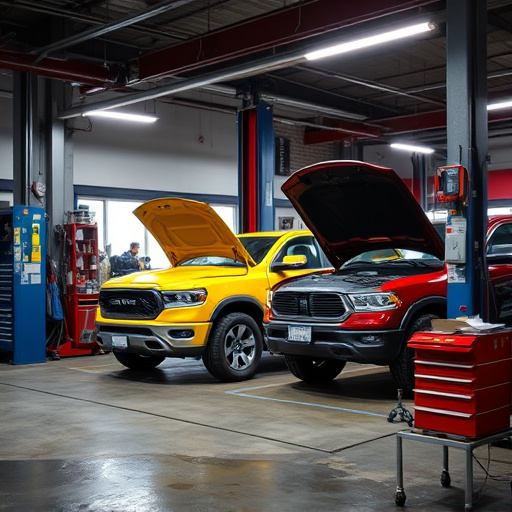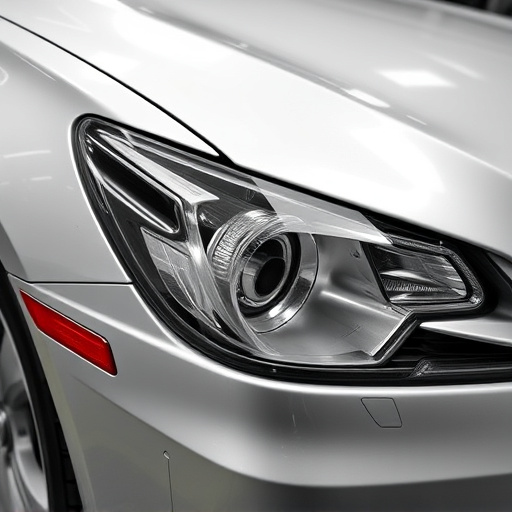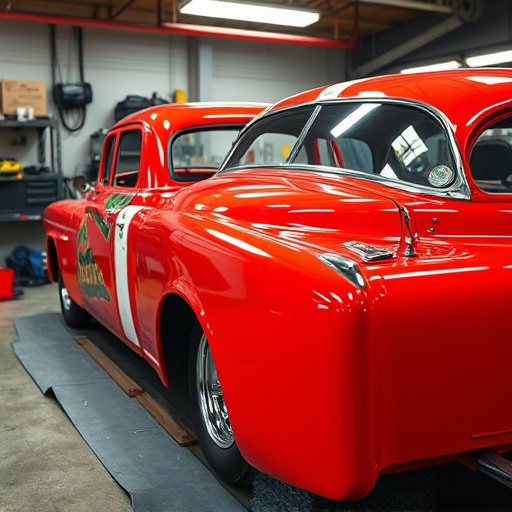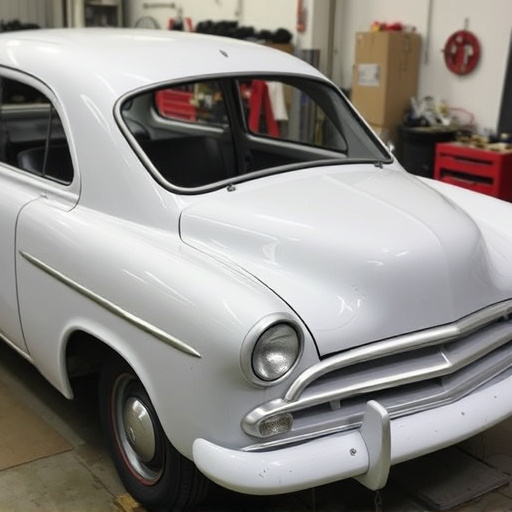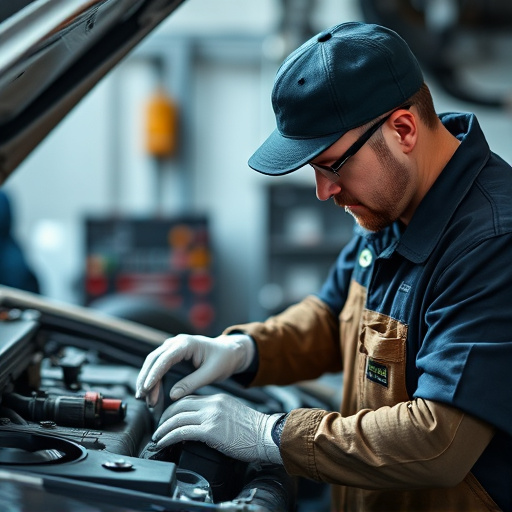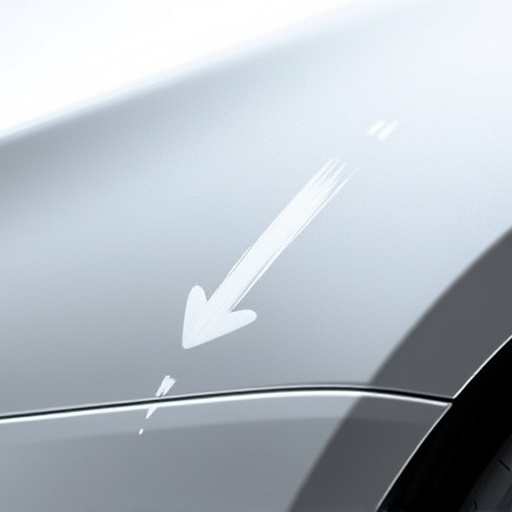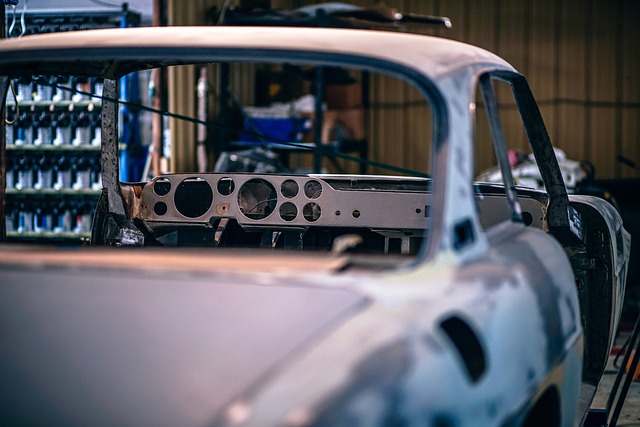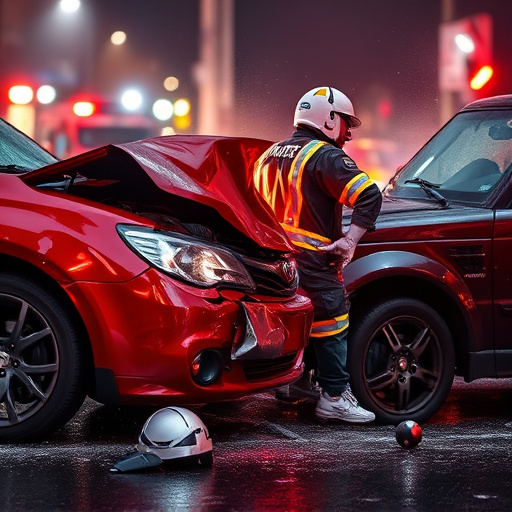Auto body repair pricing varies based on damage severity, repair complexity, and part source. Labor rates, influenced by technician skills, are key determinants. Choosing original equipment (OE) or aftermarket parts affects cost significantly, with aftermarket options offering lower prices for non-critical repairs without sacrificing quality. Fleet services can negotiate better deals due to bulk purchasing power.
Auto body repair pricing can vary drastically, often leaving owners wondering why their estimate seems so different from others. This article dives into the key factors that most influence auto body repair costs. We’ll explore the scope of damage—how extent and complexity drive pricing—the impact of skilled technicians on labor rates, and the choice between original equipment parts and cheaper aftermarket alternatives. Understanding these elements is crucial for getting accurate, cost-effective repairs.
- Scope of Damage: Extent and Complexity Determine Cost
- Labor Rates: Skilled Technicians Impact Repair Pricing
- Parts Selection: Original Equipment vs. Aftermarket Prices
Scope of Damage: Extent and Complexity Determine Cost
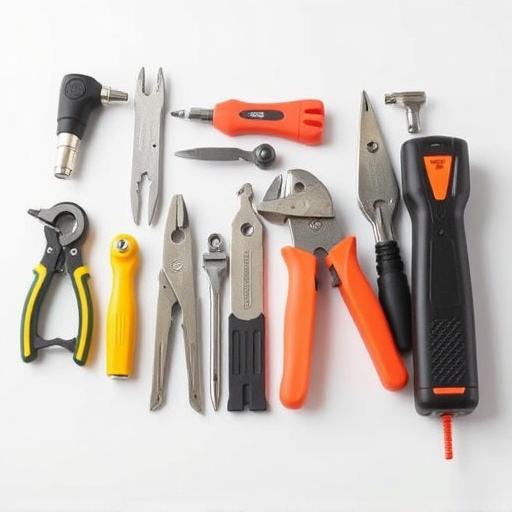
The scope of damage to a vehicle plays a pivotal role in determining auto body repair pricing. Assessments begin with examining the extent and complexity of the damage, encompassing everything from dent removal to complete panel replacements. Minor dents and scratches can often be fixed relatively quickly and at lower costs, while significant crashes or extensive rust issues require more time, specialized equipment, and skilled labor, driving up prices accordingly.
Additionally, the availability and cost of replacement parts factor significantly into auto body repair pricing. For example, repairing a classic car may involve seeking rare or vintage parts, increasing the overall expense. Conversely, modern vehicles often benefit from an abundance of readily available replacement parts, potentially making repairs more affordable. Fleet repair services, catering to businesses with multiple vehicles, may also negotiate better deals for bulk purchases of both labor and materials, including auto glass replacement when necessary.
Labor Rates: Skilled Technicians Impact Repair Pricing
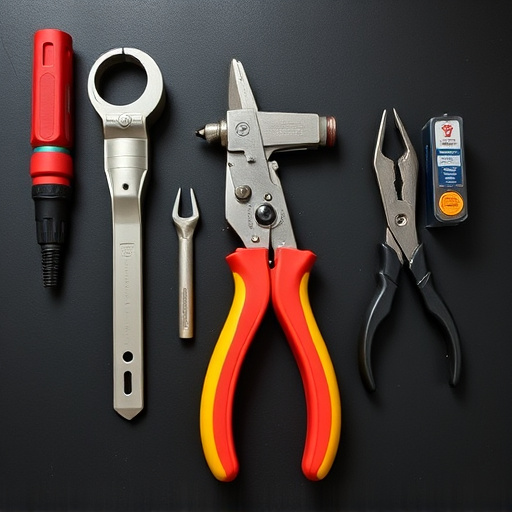
The pricing of auto body repairs is significantly influenced by labor rates, which are directly tied to the skills and expertise of technicians. Skilled and certified auto body repair specialists command higher wages due to their specialized training and the complexity of certain tasks. Their proficiency in handling intricate repairs, such as precision metalwork or advanced paint restoration techniques like paintless dent repair, contributes to the overall cost.
At a reputable auto collision center offering comprehensive car repair services, labor rates are often reflective of the quality of work and the time invested. Specialized services like paintless dent repair, for instance, require meticulous attention to detail and specialized tools, both of which contribute to higher labor costs. However, these skilled technicians ensure that repairs are done right, leading to better longevity and customer satisfaction.
Parts Selection: Original Equipment vs. Aftermarket Prices
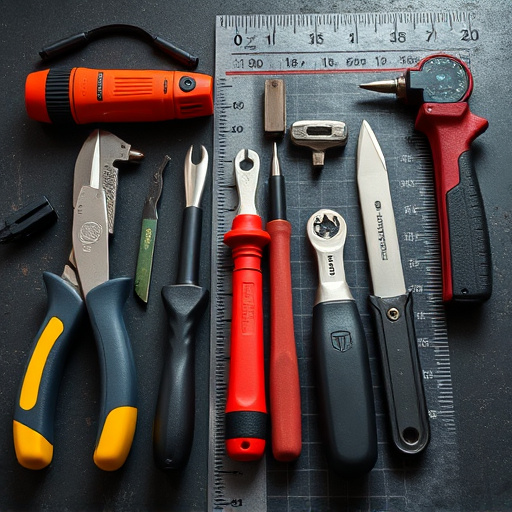
When it comes to auto body repair pricing, one significant factor is the choice between original equipment (OE) parts and aftermarket parts. OE parts are the exact originals manufactured by the vehicle’s maker, while aftermarket parts are produced by third-party manufacturers. In terms of cost, OE parts tend to be more expensive due to their brand name recognition, higher quality standards, and guaranteed compatibility with specific vehicle models. Aftermarket parts, on the other hand, often offer a more budget-friendly option without compromising too much on quality or performance.
In mercedes benz collision repair or any vehicle collision repair, choosing aftermarket parts can significantly impact final pricing. While OE parts ensure a perfect fit and superior craftsmanship, they may not always be necessary for simple repairs or when customers are looking to save costs. Auto painting, for instance, often benefits from aftermarket paints that deliver comparable results at lower prices, making them a popular choice among cost-conscious consumers without sacrificing the overall quality of the repair job.
Understanding what influences auto body repair pricing is essential for vehicle owners seeking quality and cost-effective solutions. The key factors include the scope of damage, labor rates, and parts selection. By considering these aspects, drivers can make informed decisions when navigating the process, ensuring they receive a fair price for their auto body repairs without compromising on safety and durability.
